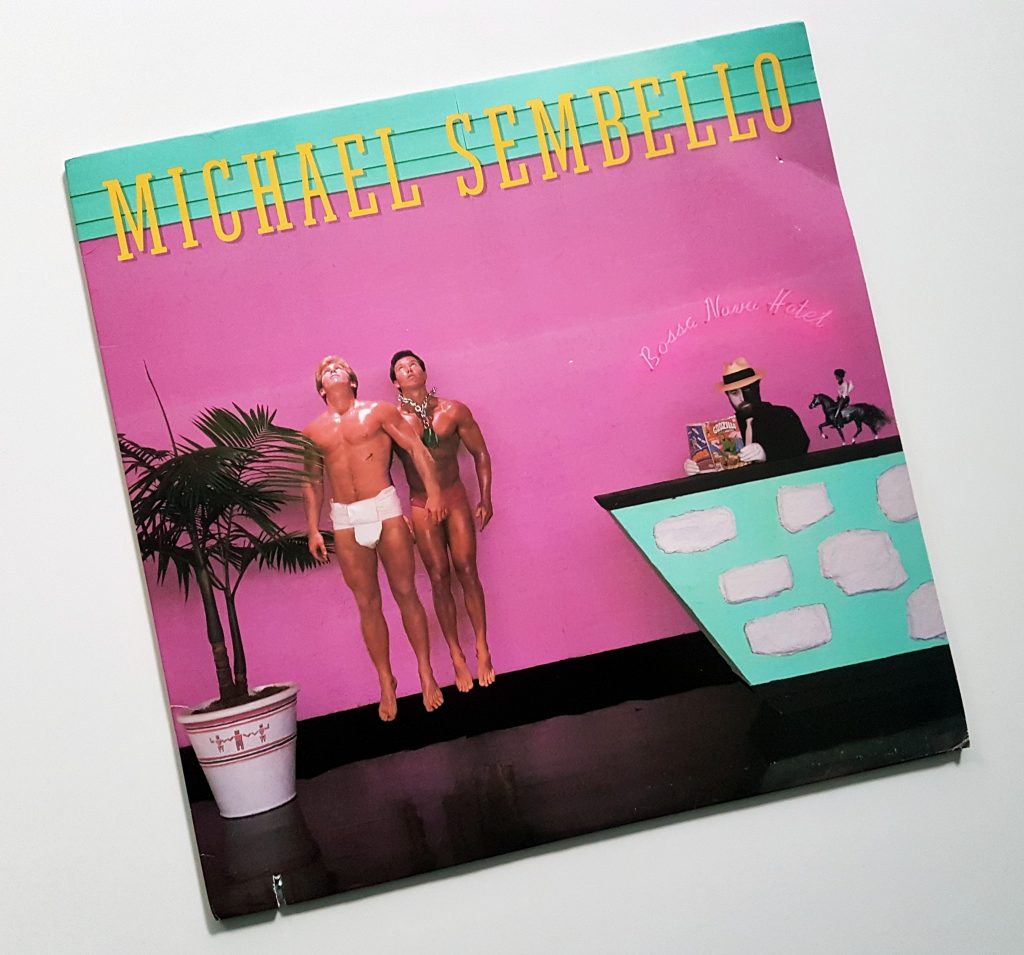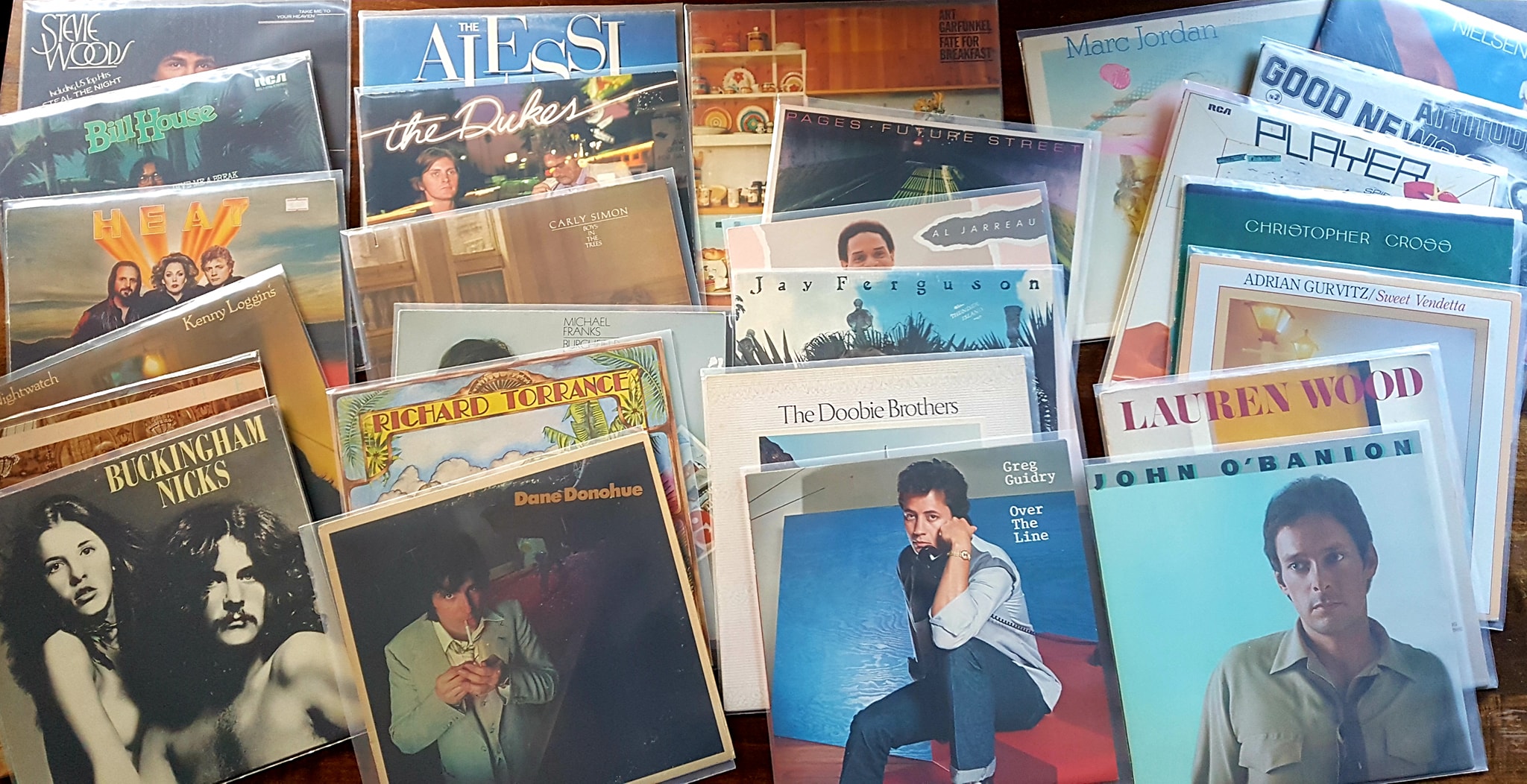Our August reviews include albums by Buckingham Nicks, Michael Franks, Chicago, Daryl Hall & John Oates and Michael Sembello.
“Buckingham Nicks” by Buckingham Nicks (1973)
“Buckingham Nicks” is an album that I appreciate very much because it shows the unique interplay of two great musicians (and lovers at the time), Stevie Nicks and Lindsey Buckingham. A lot of what came to commercial and artistic flowering with Fleetwood Mac was already laid out here. That wasn’t enough for Polydor, and the duo lost their record contract while they worked on their successor. At the end of 1974, when Mick Fleetwood was scouting studios in Los Angeles, he met Lindsey Buckingham – the rest is history.
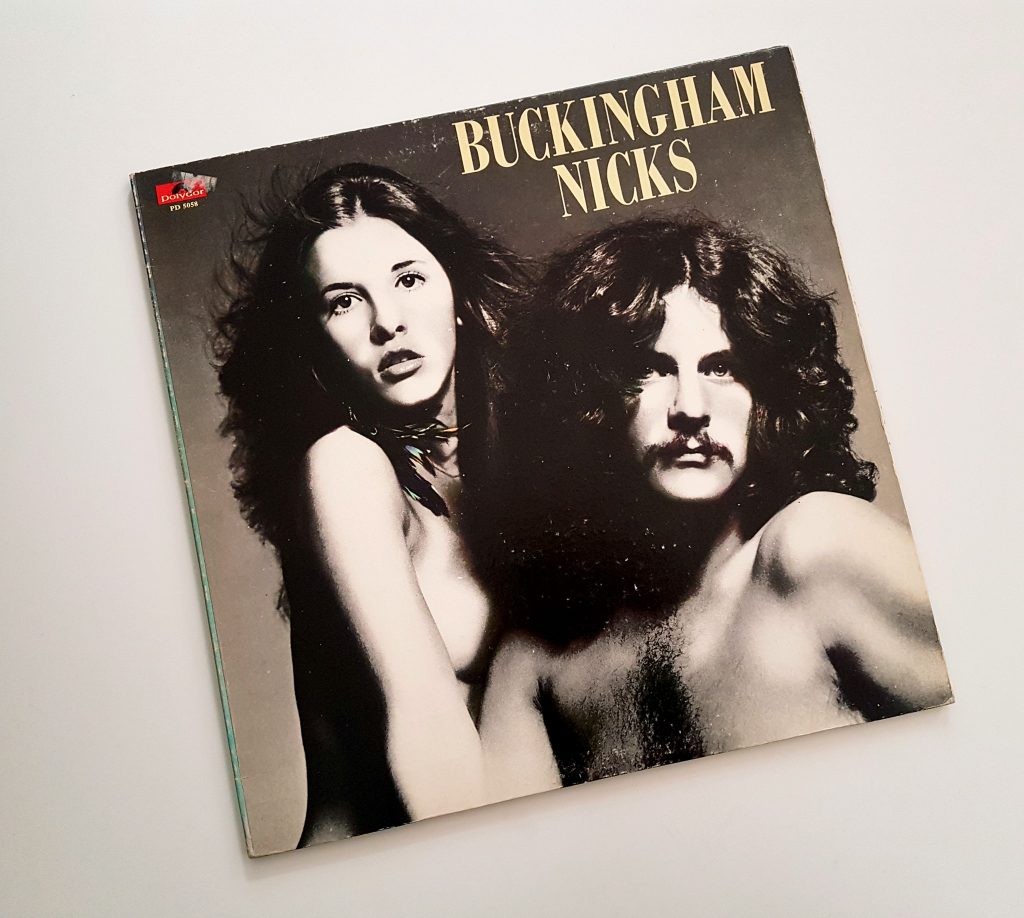
“Chicago X” by Chicago (1976)
Peter Cetera had his “Yesterday” momentum with “If You Leave Me Now” in 1976 – just like his bass colleague Paul McCartney eleven years earlier. His gentle, string-driven ballad, a last-minute Chicago X session song recorded with producer James William Guercio, became not only the band’s first number one single, but also the turning point for Chicago’s sound evolution. Cetera’s flair for radio-friendly pop became the dominant force in the following years (guitarist Terry Kath and keyboardist Robert Lamm were not impressed). Chicago X marks the beginning of the end for the original line-up. What remains is one of the great and defining ballads of the 70s. Chicago X is music history.
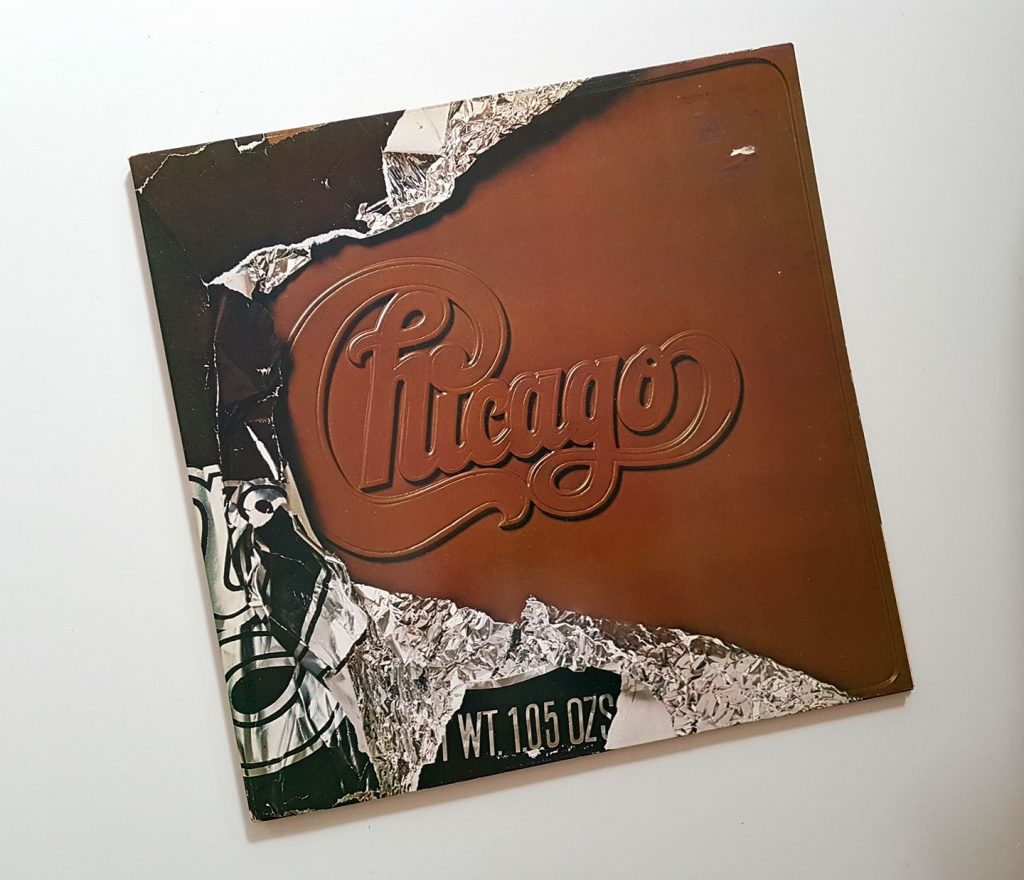
“Private Eyes” by Daryl Hall & John Oates (1981)
To call “Private Eyes” one of the greatest pop albums of the early 80s is no exaggeration. Daryl Hall & John Oates catapulted themselves into the pantheon of 80s pop music with their new hit formula of sophisticated New Wave-influenced blue-eyed soul, which they had established on their previous album “Voices”. With state-of-the-art studio technology, the duo created a fresh and modern sound on their tenth studio album (!) that conquered the charts worldwide. The fact that it doesn’t sound soulless is due to the fact that the machines only supported a well-rehearsed band and did not dominate it. The duo’s songwriting partnership was also at its peak. How sexy and seductive synthesizers and drum machines can sound was shown not least by the club classic “I Can’t Go for That (No Can Do)”, which stayed at the top of the US R&B charts for a week.
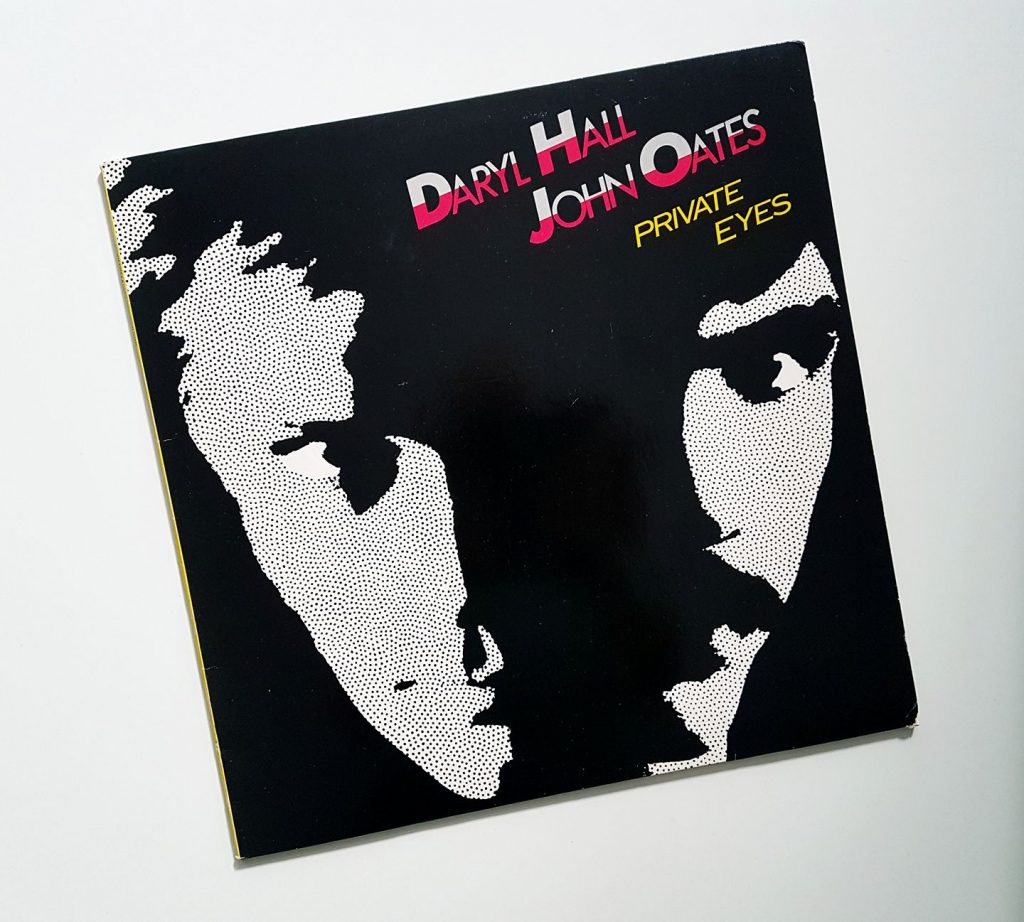
“Objects Of Desire” by Michael Franks (1982)
In 1982, singer-songwriter Michael Franks attempted nothing less than a musical portrait of the painter Paul Gauguin with “Objects Of Desire”. The result was a sophisticated jazz-pop album in the tradition of his 1979 album “Tiger In The Rain”. Produced by Ray Bardani and Michael Colina, Franks realised his musical ideas with the support of studio professionals and stars such as Michael and Randy Brecker, David Sanborn, Larry Carlton as well as Bonnie Raitt and Luther Vandross. The song material once again reflects Franks’ penchant for uncertain love entanglements. Highlights include the slightly funky opening track “Jealousy”, “Laughing Gas” and the wistful Caribbean fantasy “Tahitian Moon”.
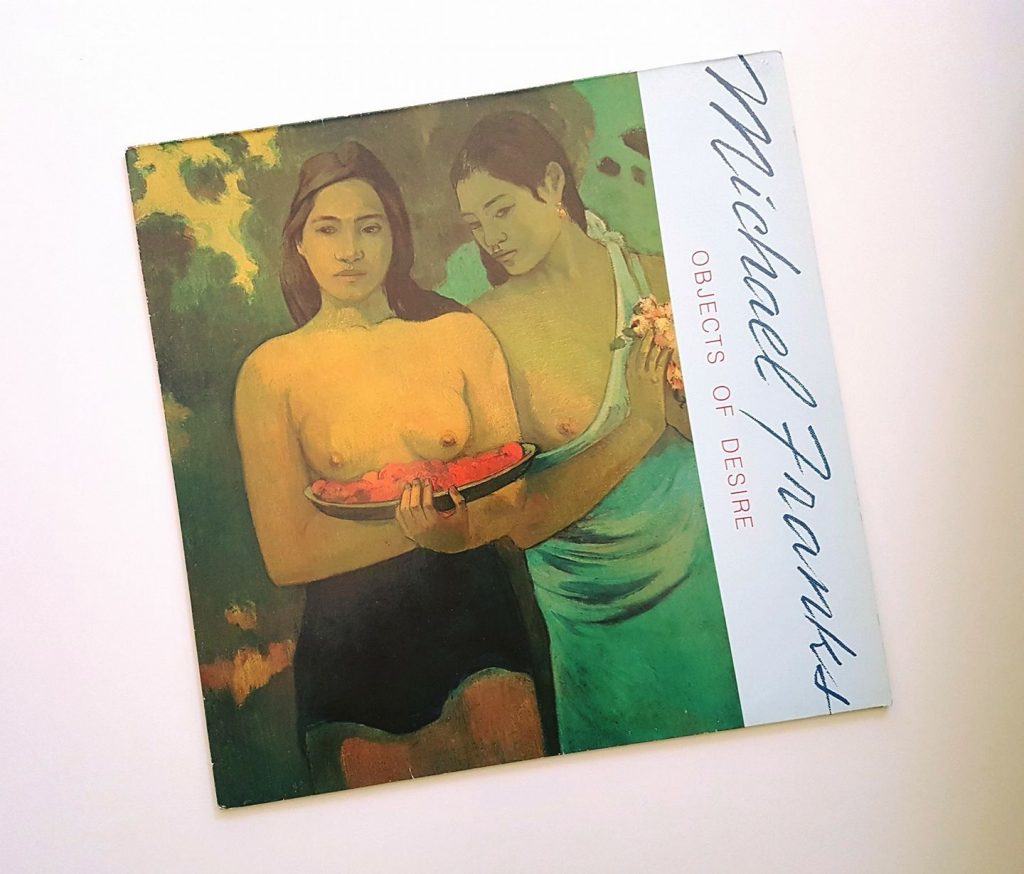
“Bossa Nova Hotel” by Michael Sembello (1983)
When Michael Sembello released his debut album “Bossa Nova Hotel” in 1983, he was anything but – figuratively speaking – a “diaper-wearing” newcomer. He had been an accomplished guitarist on the session scene since the 1970s, working with artists such as Stevie Wonder, Chaka Khan, George Benson and Michael Jackson. So it’s not surprising that Sembello was able to enlist well-known studio pros like Paulinho Da Costa, Carlos Vega and George Duke for his debut album. The song “Maniac”, which he wrote together with his keyboardist Dennis Matkosky, became a world hit with the cinema success of “Flashdance”. The album “Bossa Nova Hotel” remains a contemporary document that oscillates between West Coast AOR and Hi-Energy and shows that the pure energy of disco had never dried up, but celebrated a comeback at the beginning of the 1980s – dressed in synthesizers and neon colours.
